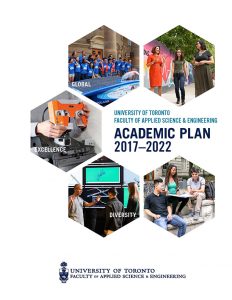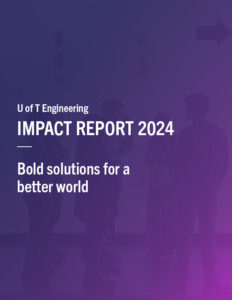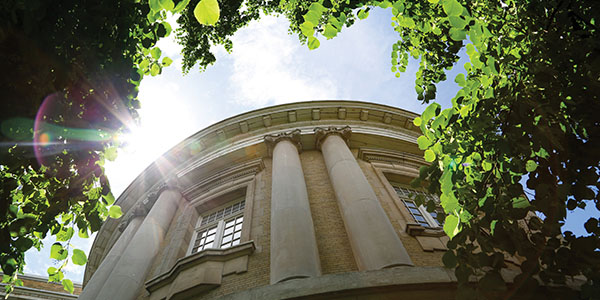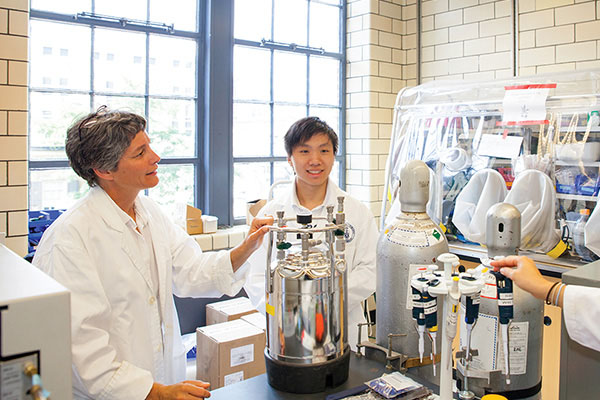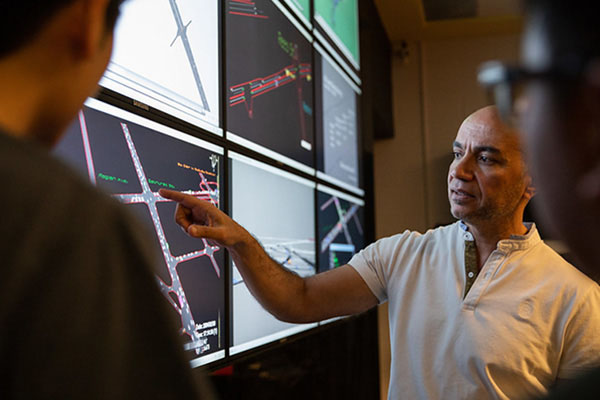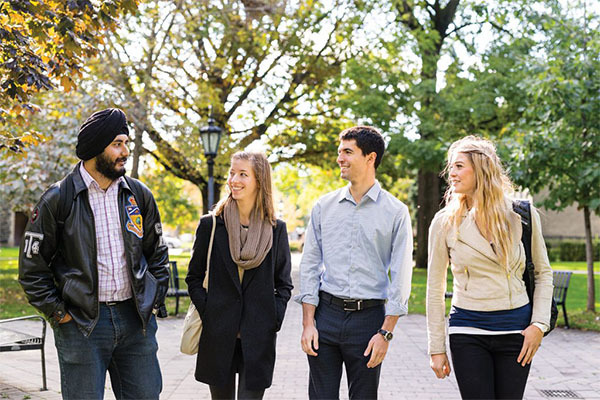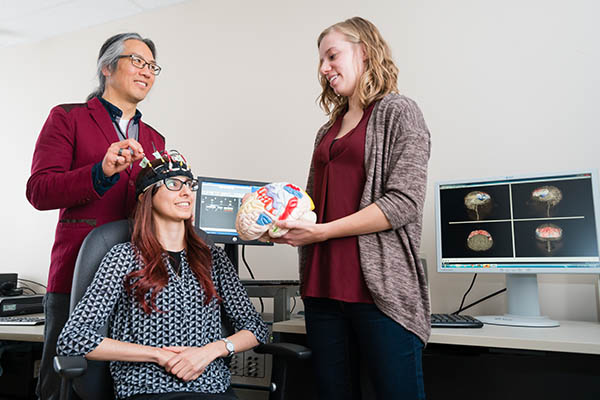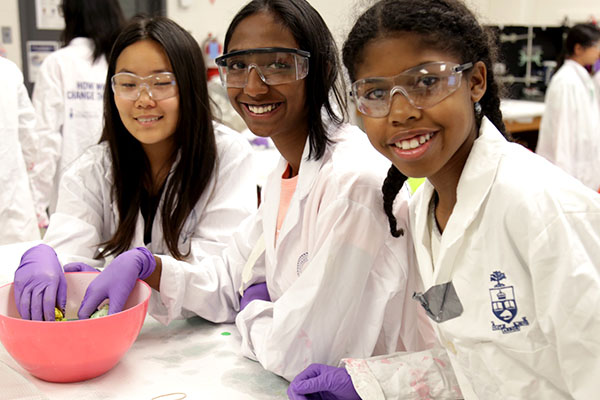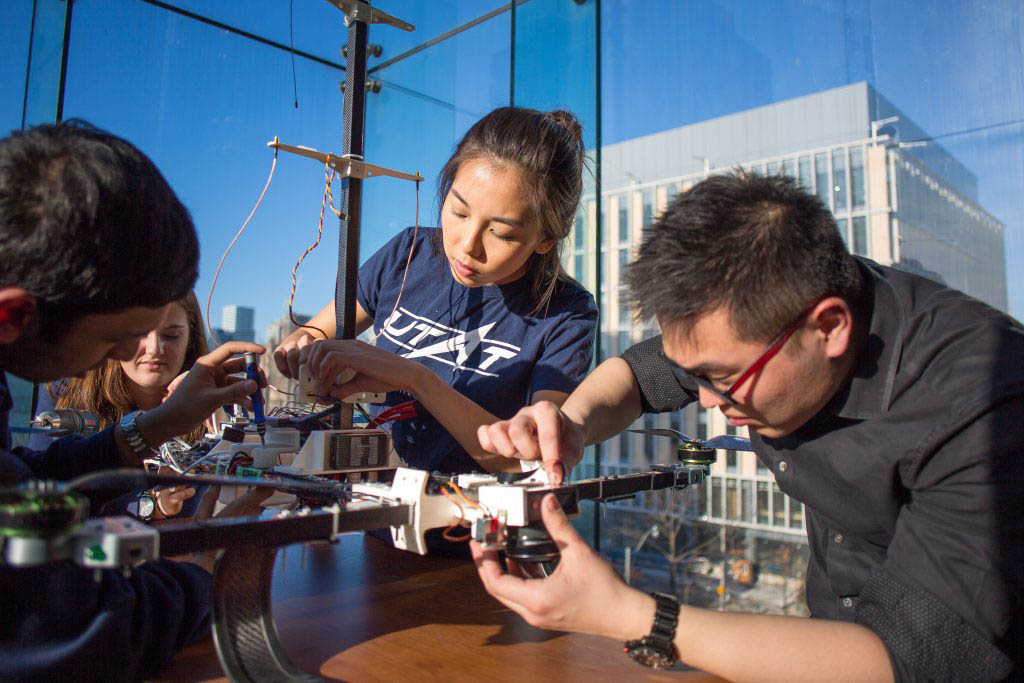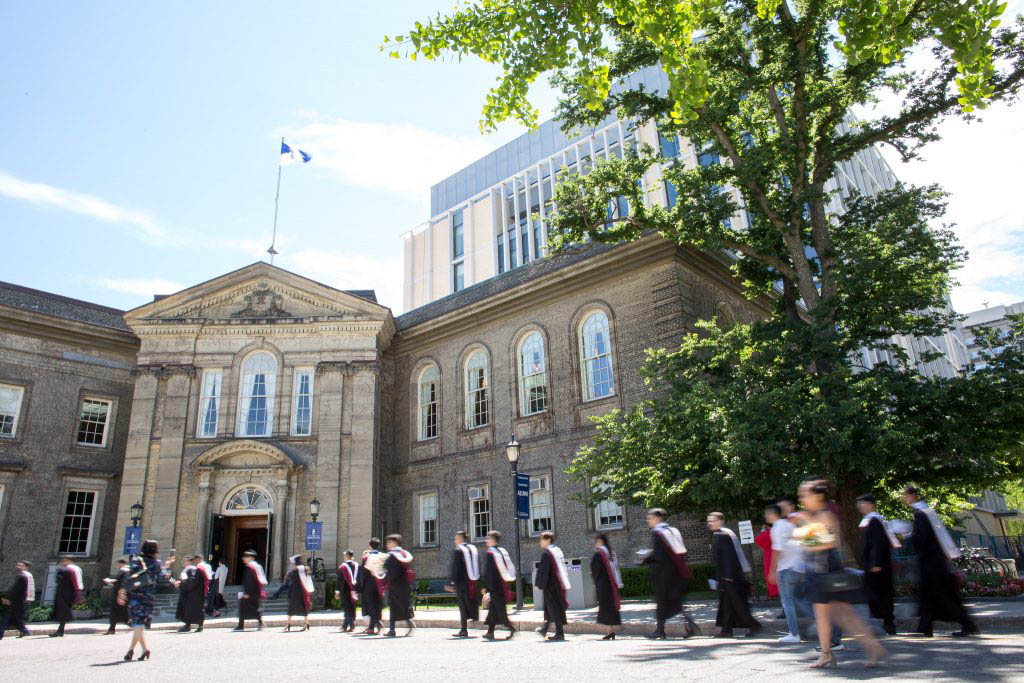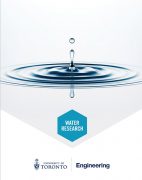Fresh water, salt water, wastewater, industrial water, drinking water: all water on Earth is part of the same cycle — and every drop matters. Yet around the world, water supply and quality are under increasing pressure from growing populations, industrial development and climate change.
U of T Engineering researchers are leading the way in addressing the global water crisis. From taps, to toilet, to tailings, our faculty members have deep expertise in established and emerging areas of water research, as well as the transdisciplinary mindset necessary to create robust and resilient solutions. We are leveraging ancient microorganisms to make mining and other water-intensive industries more sustainable, and to remediate sites contaminated by past activity. We are also ensuring that drinking water and sanitation processes remain safe and cost-effective for those who have them, and addressing the challenges of the nearly two billion people who still do not.
Water is crucial for life. Together with our industry partners, we are ensuring that people around the world have access to safe, clean water for generations to come.
RESEARCH CENTRES & INSTITUTES
-
2017: INSTITUTE FOR WATER INNOVATION (IWI)
An interdisciplinary group of researchers dedicated to sustainable water management, IWI is establishing fundamental understanding, developing innovative technologies, and educating future engineering leaders. Learn more about IWI.
-
2011: BIOZONE
BioZone leverages recent advances in molecular biology and genomics to address engineering challenges in a number of sectors, including environmental bioremediation, energy and human health. Solutions include enriched microbial cultures that can degrade hazardous compounds, bio-derived fuels and other commodity chemicals, and large-scale production of protein-based medical products. Learn more about BioZone.
-
2009: CENTRE FOR GLOBAL ENGINEERING (CGEN)
Through courses, co-curricular activities and research, CGEN facilitates creative solutions to global challenges in sanitation, alternative energy, health care and clean water. Learn more about CGEN.
-
1995: LASSONDE INSTITUTE OF MINING
This world-leading interdisciplinary institute brings together researchers from across the spectrum of mining activities, from exploration and extraction to processing and metallurgy. Learn more about the Lassonde Institute of Mining.
-
1987: PULP & PAPER CENTRE
Close collaborations with industry enable this research centre to develop new ways to treat and recover value from biomass, as well as the wastewater associated with wood processing. Learn more about the Pulp & Paper Centre.
EXPERTISE
Selected areas of expertise in water research at U of T Engineering
- Bioremediation
- Drinking water
- Commercialization
- Energy-from-waste
- Industrial water
- Municipal wastewater
- Remote development
- Stormwater
- Water accessibility
- Water accountability
RESEARCH IMPACT
Oil-adsorbing sponge
The words “oil spill” call to mind images of a large slick, perhaps floating on water. But many spills aren’t like that — the oil instead takes the form of microscopic droplets suspended in wastewater. Cleanup techniques such as booms or skimmers don’t work on these types of spills.
A collaboration between professors CHUL PARK and AMY BILTON has produced a possible solution. Led by former graduate student Pavani Cherukupally, the team developed a sponge that can remove tiny oil droplets from wastewater with more than 90% efficiency, in just 10 minutes.
The material is based on ordinary polyurethane foams, similar to those found in couch cushions. The sponge is then optimized by modifying its porosity, as well as by adding tiny particles of a material known as nanocrystalline silicon to the foam’s surface. By controlling the critical surface energy of the sponge, the team was able to increase the speed and efficiency with which it absorbs tiny oil droplets.
The work has spawned two collaborations. The first, between Park and researchers at Natural Resources Canada, looked at scaling up the system and adapting it for salt water, with the aim of using it to clean up marine oil spills. The other, between Bilton and Fisheries and Oceans Canada, focused more specifically on marine spills in low-temperature environments, where changes to oil’s viscosity makes it even harder to remove.
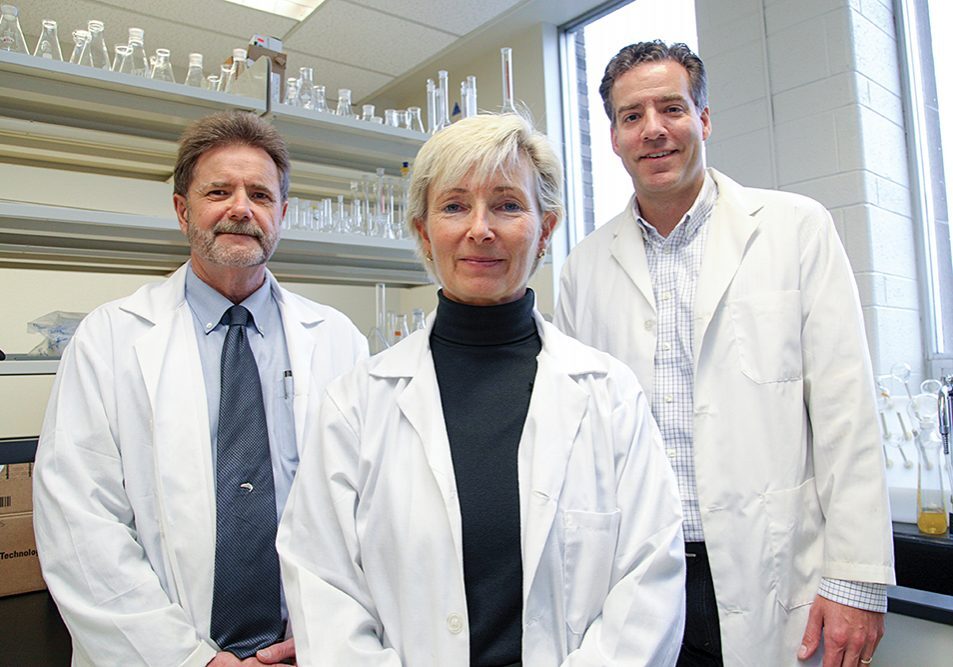
Partnering for next-generation water treatments
In developed countries, people expect clean, safe drinking water whenever they turn on their taps, but civil engineering professors BOB ANDREWS, SUSAN ANDREWS and RON HOFMANN know that this cannot be taken for granted. As members of UofT Engineering’s Drinking Water Research Group (DWRG) and the Institute for Water Innovation, they work closely with industry and local municipalities to ensure the integrity of drinking water supplies for decades to come.
Professors Bob Andrews and Ron Hofmann both hold NSERC Industrial Research Chairs with partners including General Electric Water & Process Technologies, the City of Toronto and a number of other municipalities in and around the Greater Toronto Area. Their work offers municipalities a window on the future by testing new wastewater treatment processes at the pilot scale and modelling their impact on a given community. Their analysis enables local governments to make smarter investments that can save millions of dollars.
A key aspect of the DWRG’s work is that much of it is done on site, with graduate students working either in pilot plants run by the municipalities or in full-scale drinking water treatment plants. This provides rich opportunities for students to get to know their future employers, while enabling operators and municipal engineers to gain new perspectives and learn about the latest advances in their fields.
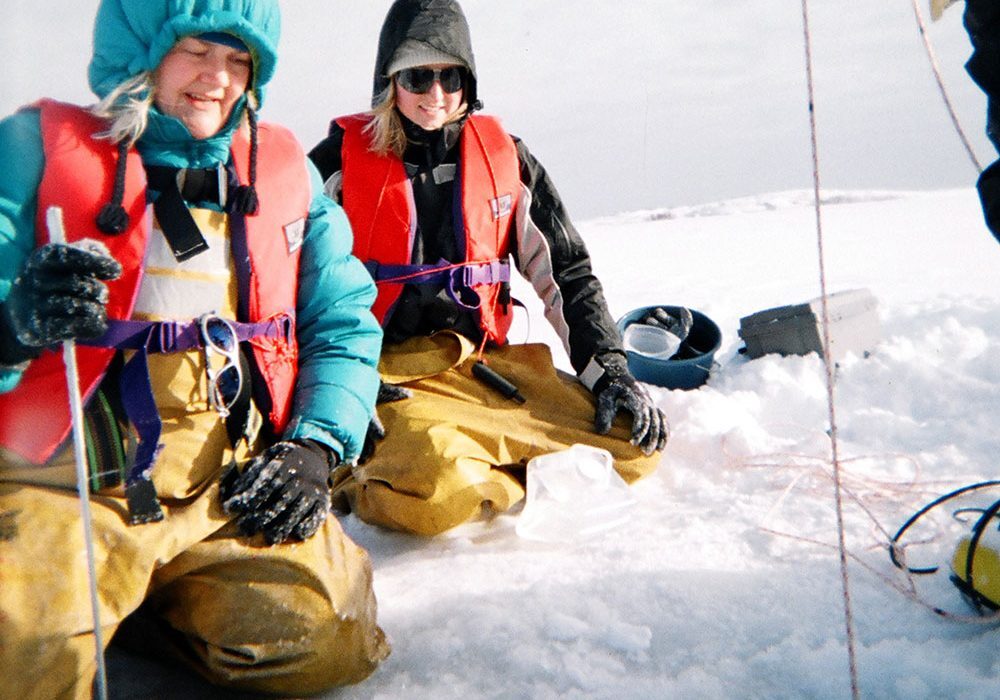
Microbes in water and mining
Globally, the mining industry is second only to power generation in water usage. Every year mines use 7 to 9 billion cubic metres of water to extract desired elements from raw ore, resulting in large volumes of tailings — a combined water-particle waste slurry that is stored on site in tailings ponds. Tailings ponds are often black boxes containing largely undescribed bacteria and other microorganisms that thrive on mineral wastes and drive chemical reactions that can lead to acidification, toxicity and oxygen consumption. Uncovering the roles of these microbes offers new opportunities to better manage tailings and prevent potential environmental impacts for mines across all extractive resource industries.
Professor LESLEY WARREN (left) has spent decades working with the extractive resources sector, including Syncrude Canada, Glencore, Vale, Hudbay, Rambler as well as the Ontario Mining Association, NRCan and the Mining Association of Canada to shed light on the drivers of these reactions. As the director of the Lassonde Institute of Mining and the Claudette MacKay-Lassonde Chair in Mineral Engineering, she and her team study the genes and behaviour of the organisms that live in mine waste contexts. Armed with this knowledge, mines could ensure conditions that encourage the growth of organisms that break down toxic compounds, or prevent the growth of organisms that produce those toxic compounds in the first place.
With access to unparalleled facilities in the new Mining, Water and Environment Laboratory at U of T Engineering, Warren’s research is leading the way toward new wastewater management solutions that will be more sustainable, efficient and cost effective.
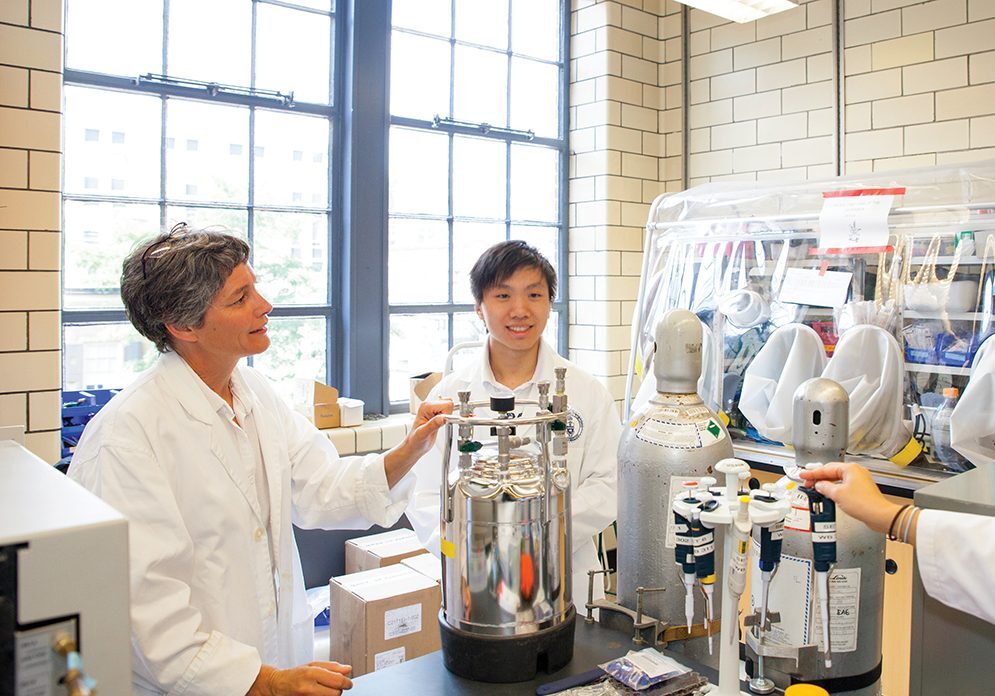
The invisible cleanup crew
From former gas stations to oil refineries, thousands of sites host a legacy of toxic chemicals. Benzene, toluene, ethylbenzene and xylene, collectively known as BTEX, are often among them, and their removal from soil and wastewater can be expensive and time consuming. Chemical engineering professor ELIZABETH EDWARDS has a new solution: a team of microorganisms that consumes and destroys BTEX chemicals.
Edwards, Canada Research Chair in Anaerobic Biotechnology, was awarded the 2016 Killam Prize in Engineering for her research on the naturally occurring microbes that thrive in contaminated sites. By growing these organisms in the lab and feeding them increasing concentrations of BTEX, Edwards and her team leverage the power of evolution to develop cultures ideally suited to breaking down particular contaminants. When these enriched cultures are added back to the soil, they can speed up the natural process of degradation.
Through a partnership with SiREM, an environmental consulting company, Edwards translates her research from the lab to the marketplace. The company already sells KB-1, a culture Edwards developed for degrading chlorinated compounds such as those formerly used in dry cleaning, to help remediate sites worldwide. They are now looking to do the same with the BTEX cultures.
As the director of BioZone, Edwards heads a multidisciplinary team of researchers who are leveraging the power of microorganisms in many other ways as well. For example, some may be able to transform forestry or agricultural waste into new products, from bio-based plastics to fuels.

“Working with companies on these challenges is exciting, because so much of what we’re learning is new to science. When we truly understand how these natural systems work, we’re going to be able to work in harmony with them. That’s sustainability."
PROFESSOR LESLEY WARREN
Claudette MacKay-Lassonde Chair
in Mineral Engineering; Director, Lassonde Institute of Mining
THE FUTURE OF WATER
The next generation of remediation experts
At thousands of former industrial sites across Canada — from rail yards to chemical plants — barrels of hazardous chemicals are buried in the ground. What happens when those barrels start to rust, disintegrate and eventually leak?
Since 2014, BRENT SLEEP, chair of the Department of Civil & Mineral Engineering, has headed the Remediation Education Network (RENEW), which provides rich experiential learning opportunities for graduate students working on the hydrogeology, chemistry and microbiology of contaminated sites. The project, funded by a Collaborative Research and Training Experience (CREATE) grant from NSERC, yields highly qualified personnel equipped to understand the spread of pollution from these sites, and develop new approaches for containing or destroying it.
Going with the flow
A strong storm over a city the size of Toronto can empty enough water to fill more than 10,000 Olympic-sized swimming pools in less than a day. This water picks up trash, dirt, oil and other debris and then travels into storm sewers, quickly overwhelming the city’s wastewater treatment plants and pouring directly into local rivers and lakes.
Professor JENNIFER DRAKE in the Department of Civil & Mineral Engineering believes there is a better way. She is a leading expert on low-impact development solutions — also known as green infrastructure — that can restore a more natural flow pattern to our built environment. Drake and her team focus on monitoring and modelling the performance of technologies like water-permeable pavement and green roofs, determining whether or not they work over the long term. This insight helps civil engineers, architects, urban planners and others design cities that work with nature, rather than against it, keeping local water bodies cleaner and more sustainable.
SPECIALIZED EDUCATIONAL OFFERINGS IN WATER
Our Master of Engineering students can choose from technical specializations in Advanced Water Technologies and Engineering & Globalization, both of which address local and global water challenges through engineering design and research.
LATEST WATER STORIES
OUR INNOVATION CLUSTERS
U of T Engineering has the breadth and depth of research excellence as well as the capacity to effect global change across these key domains.
OUR EXPERTS
Find the U of T Engineering researchers with the expertise to solve your most complex challenges

LEADING INNOVATION STARTS HERE
DOWNLOAD PDF
Connect with us to discuss how a partnership with U of T Engineering can benefit your organization.

